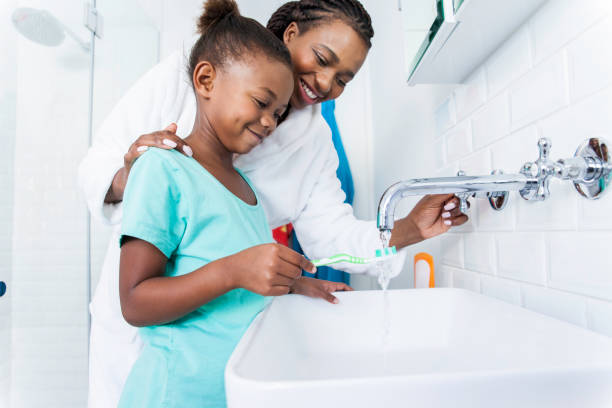Enter your email to receive the CareQuest newsletter:
Blog
Want to hear from industry experts who are working to increase access, equity, and integration in the oral health industry? Curious about the new innovations and emerging best practices that are shaping the future of care? Explore our blog to find the stories, perspectives, and ideas that paint a picture of progress and change in oral health.

Stay Informed
Get the latest oral health news, stories, resources, and education in our newsletter. Check out a sample newsletter.
Share Your Story
Share your story – and your voice – with the oral health community.
Press Releases
Stay up to date on CareQuest Institute news, issues, and research.
In the News
See how CareQuest Institute’s work is influencing the industry.
OPEN Hill Day brought more than 90 members from across the US to Capitol Hill to meet with legislators about prioritizing oral health in their communities. For this Hill Day on May 14, the fourth one since 2019, there was more at stake: Potential Medicaid cuts are on the horizon, some policymakers are pushing to remove fluoride from public water supplies, and recent staff cuts to the Department of Health and Human Services are reshaping the oral health landscape.
By Melissa Burroughs, Director, Public Policy, CareQuest InstituteFor far too many people in America, good oral health is too expensive and out of reach. Too many families must make impossible trade-offs between getting the care they need and going into debt or putting food on the table. As we head into 2025, we need to ensure that policymakers understand the importance of oral health and its impact on our overall health and on our finances.
By Stacey Auger, MPH, policy consultant, CareQuest Institute Oral health has been in the national spotlight recently thanks to a May 16 hearing of the Senate Committee on Health, Education, Labor, and Pensions (HELP). The focus of the hearing was the dental crisis facing the US and how to make dental care more affordable and available to all.
As a filmmaker, Paul Gibbs tells other people’s stories for a living. He didn’t know his own story — about trying to access oral health care — would have such a profound impact. “My dental care experience turned out to be much more expensive, invasive, and painful than it needed to be,” Gibbs says. “And it was because while my doctors had recognized that oral health is part of the overall larger picture, my insurance didn’t.”
Nearly all Arizonans say oral health is important to them. But not all Arizonans have an easy time accessing care — especially those individuals without dental coverage. Arizona Medicaid adult dental benefits only cover emergencies and are capped at $1,000 with very few exceptions. For almost a decade, the Arizona Oral Health Coalition (AZOHC) has been working to change that and expand the Medicaid adult dental benefit in the state. Stories have been at the heart of that work — stories like Janessa’s.
On a warm Saturday in November, dozens of vendors lined Dunkin’ Park in Hartford, Connecticut, for the Get Out the Vote Health Fair, where visitors could find information on health care resources and connect with community partners. One of those booths belonged to the Connecticut Oral Health Initiative (COHI) — an organization that advocates for oral health access, quality, and equity in the state.
As Operations and Policy Analyst I at the Oregon Health Authority (OHA), Vesna Hopkins has the goal of helping Oregonians get better access to oral health care.“As a dental analyst, my boss says, ‘Challenge me. Give me ideas. Tell me how do you want to improve dental health for Oregonians, and let’s talk about it,’” Hopkins says. “So, I’m in a position to have the freedom to simply say, ‘It’s my educated opinion that Oregonians need help in dental here or here.’”
Jennifer Harris, the senior health policy advocate at Alabama Arise, says no day is the same at her job.
“You may have someone that’s working over here to reduce tooth decay in school-age children, and then you may have someone in another part of the state that is looking at the accessibility for someone who’s disabled to be seen by a provider,” Harris says. “What I’m doing is creating a network where we can bring all our work together to really make strides in access when it comes to oral health.”
More than 65 million people nationwide count on Medicare for their health care, including senior citizens once they turn 65 and many adults with disabilities.However, this health program doesn’t include comprehensive dental care, a gap that pushes oral health care out of reach. This gap is especially harmful for seniors who live on limited incomes, in rural communities, or who face systemic racial inequities. Simply put, it worsens their overall health and well-being.
Early on in his 23-year tenure with the Coalition of Texans with Disabilities (CTD), Executive Director Dennis Borel noticed that some of his colleagues and people he socialized with who had disabilities had problems with their oral health.
“I used to see a lot of my folks with missing teeth, sometimes no teeth, broken teeth, stained, bad shape,” Borel said.